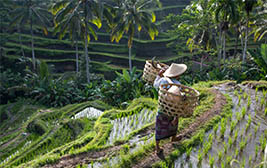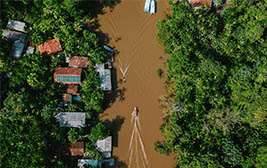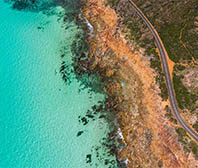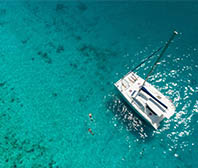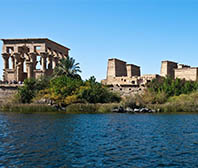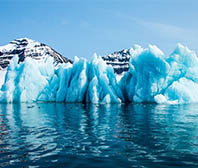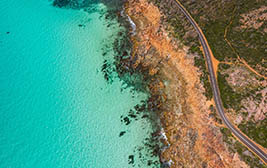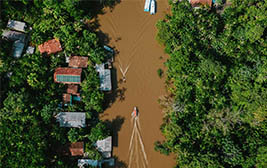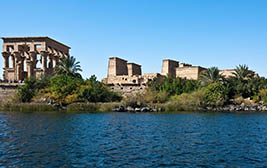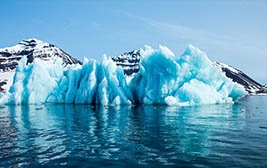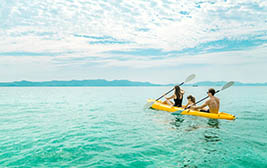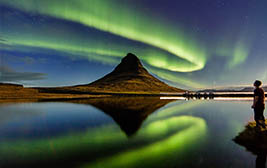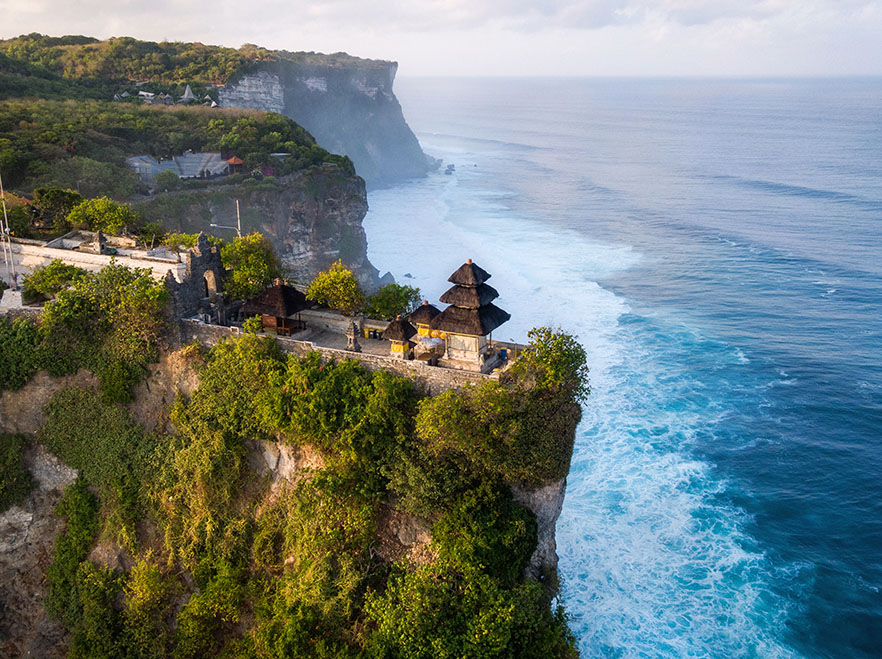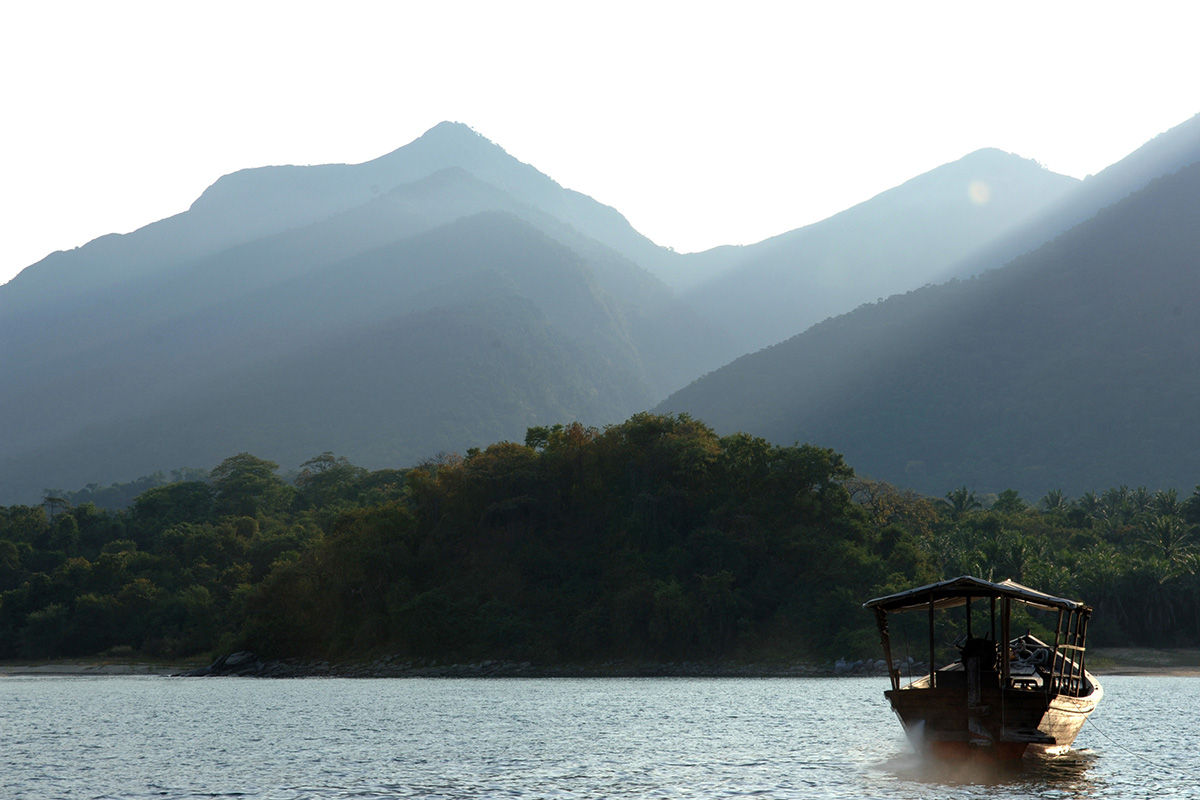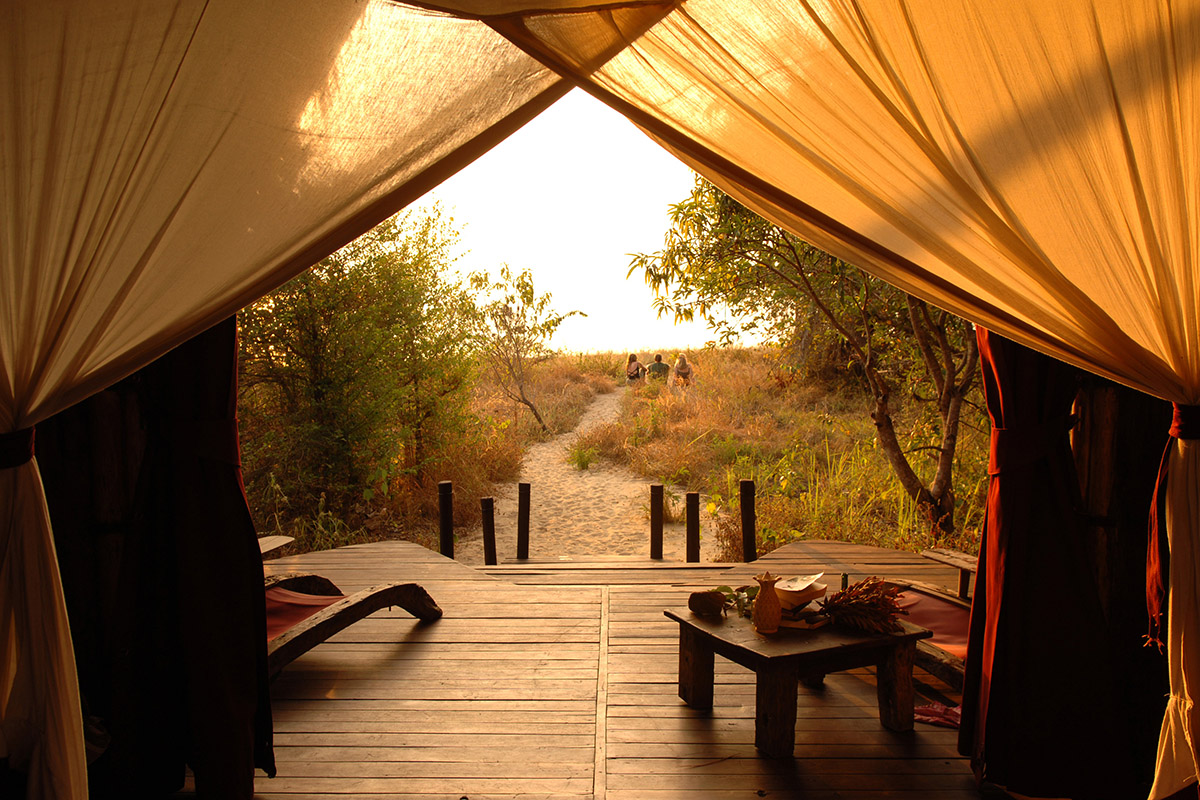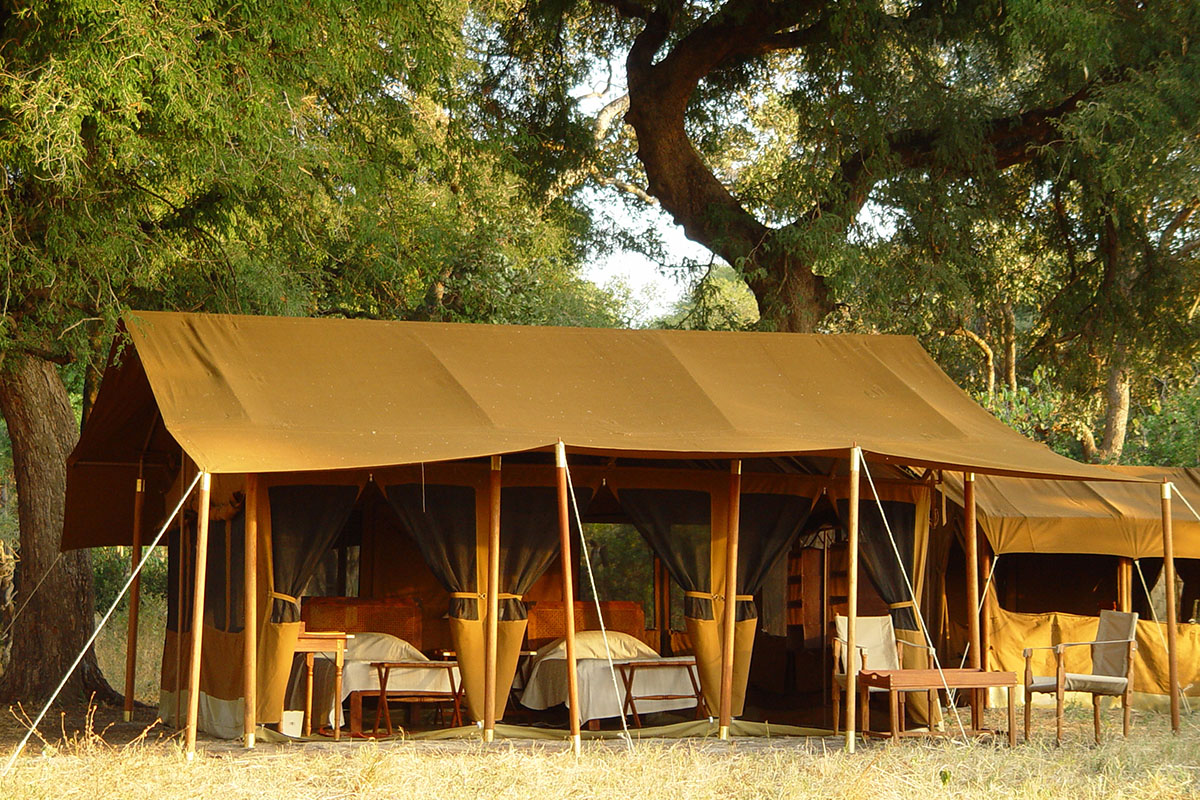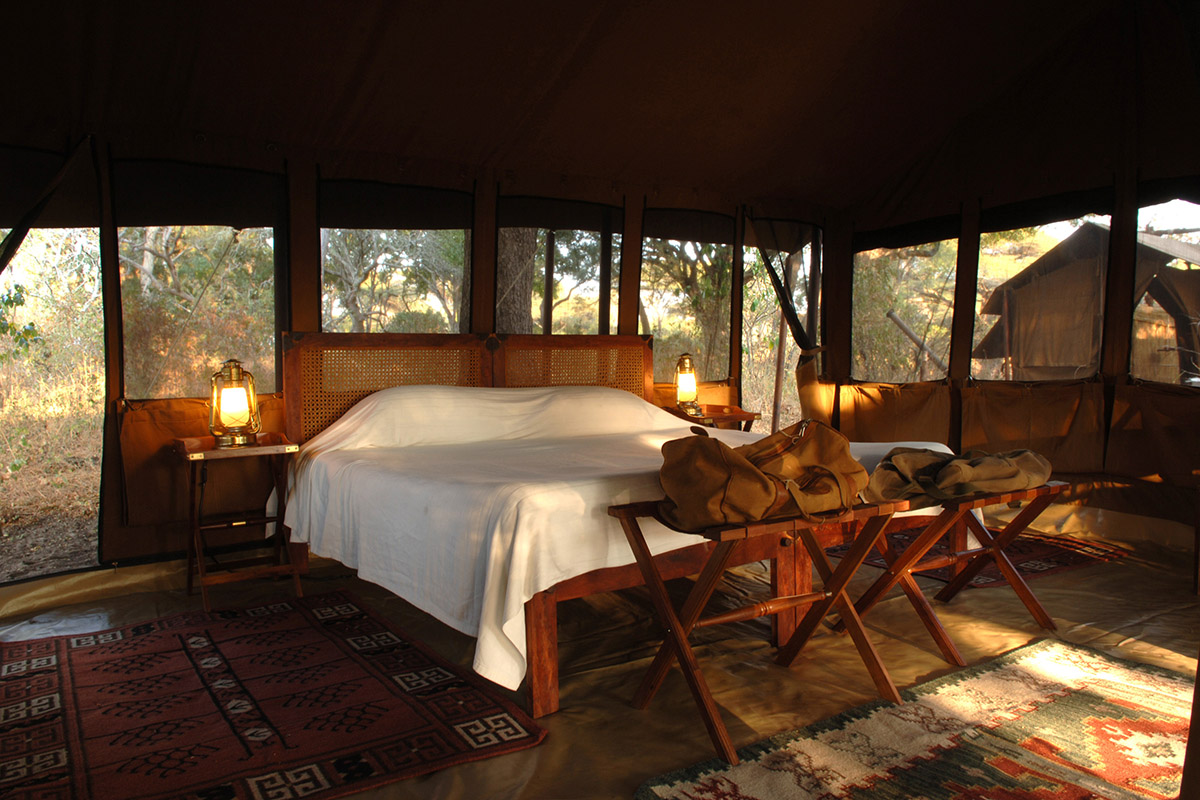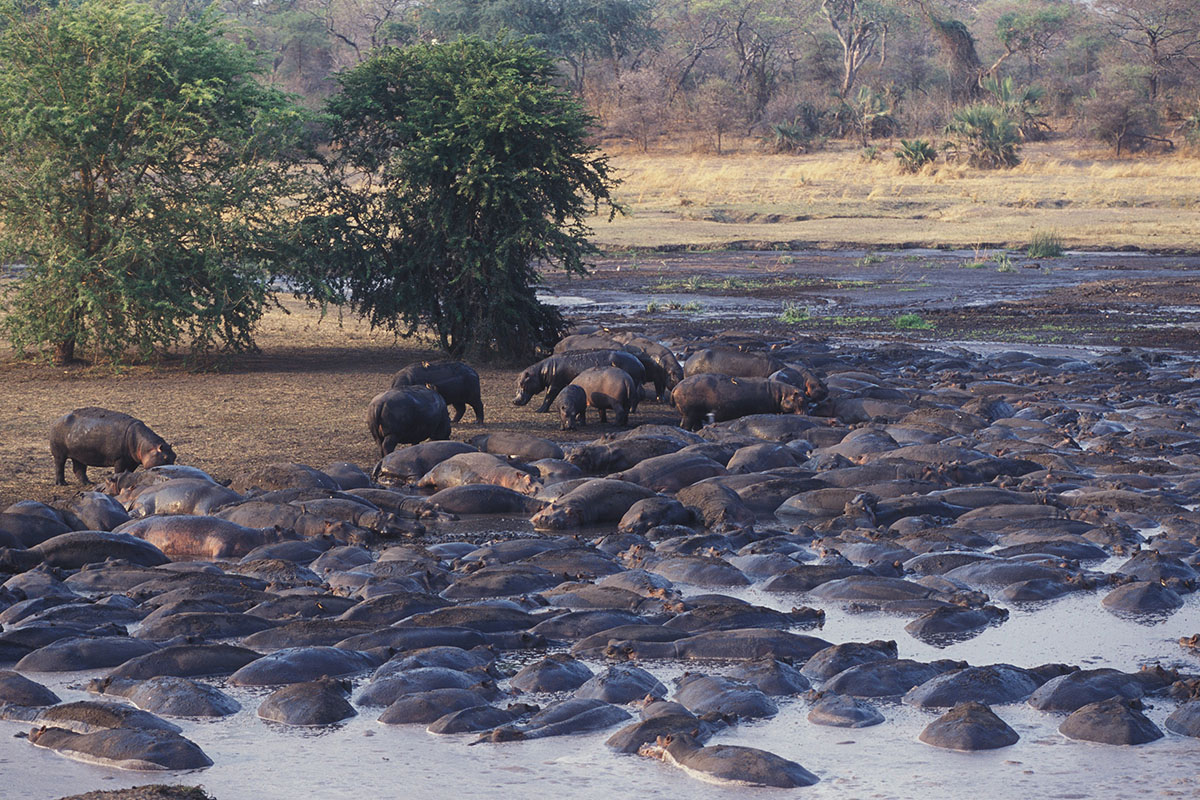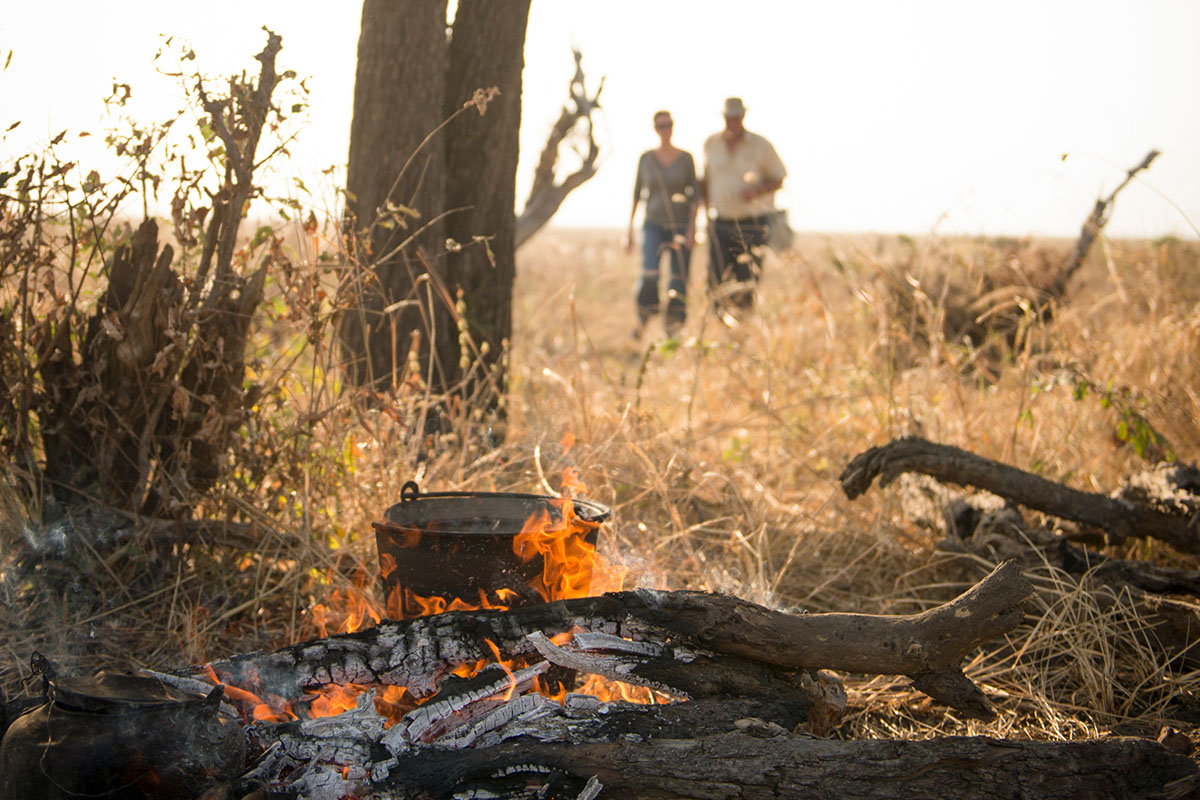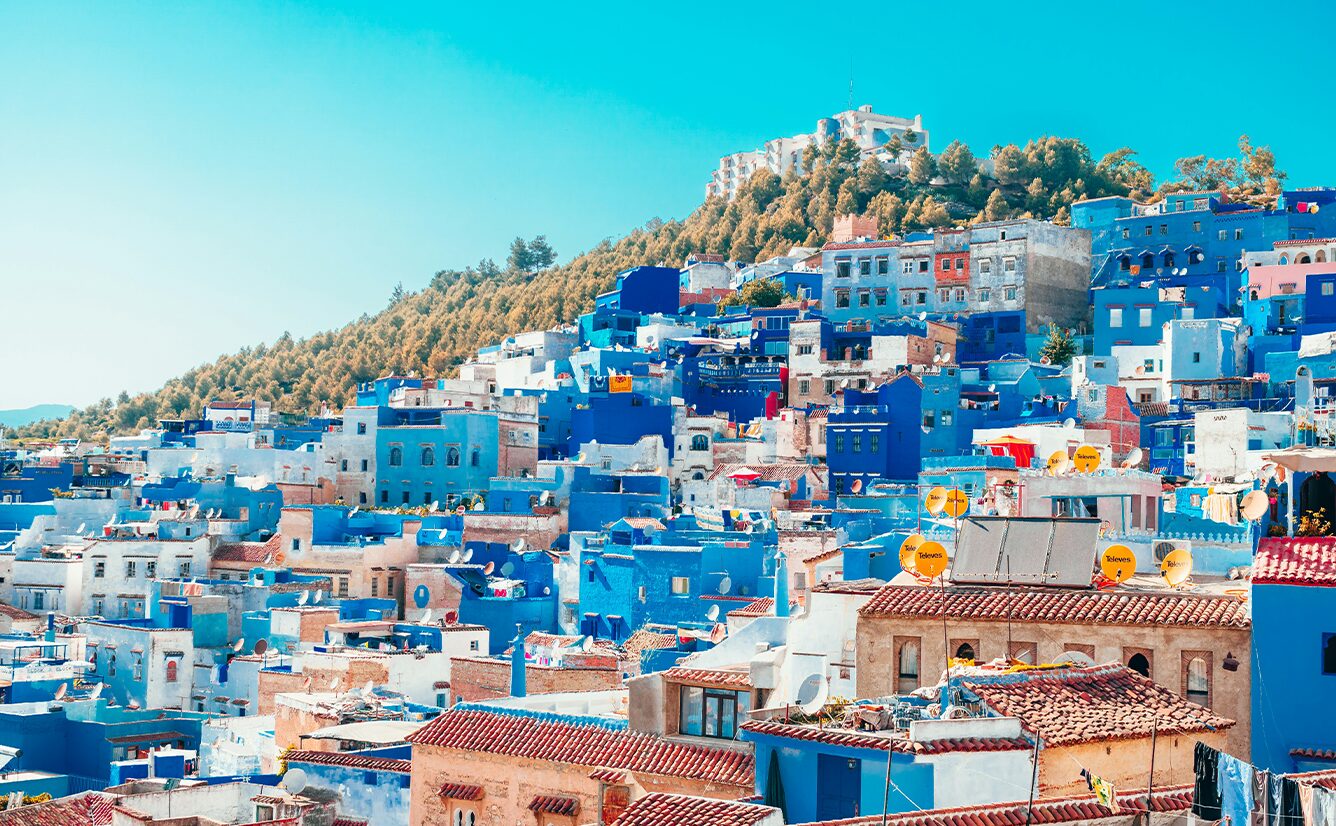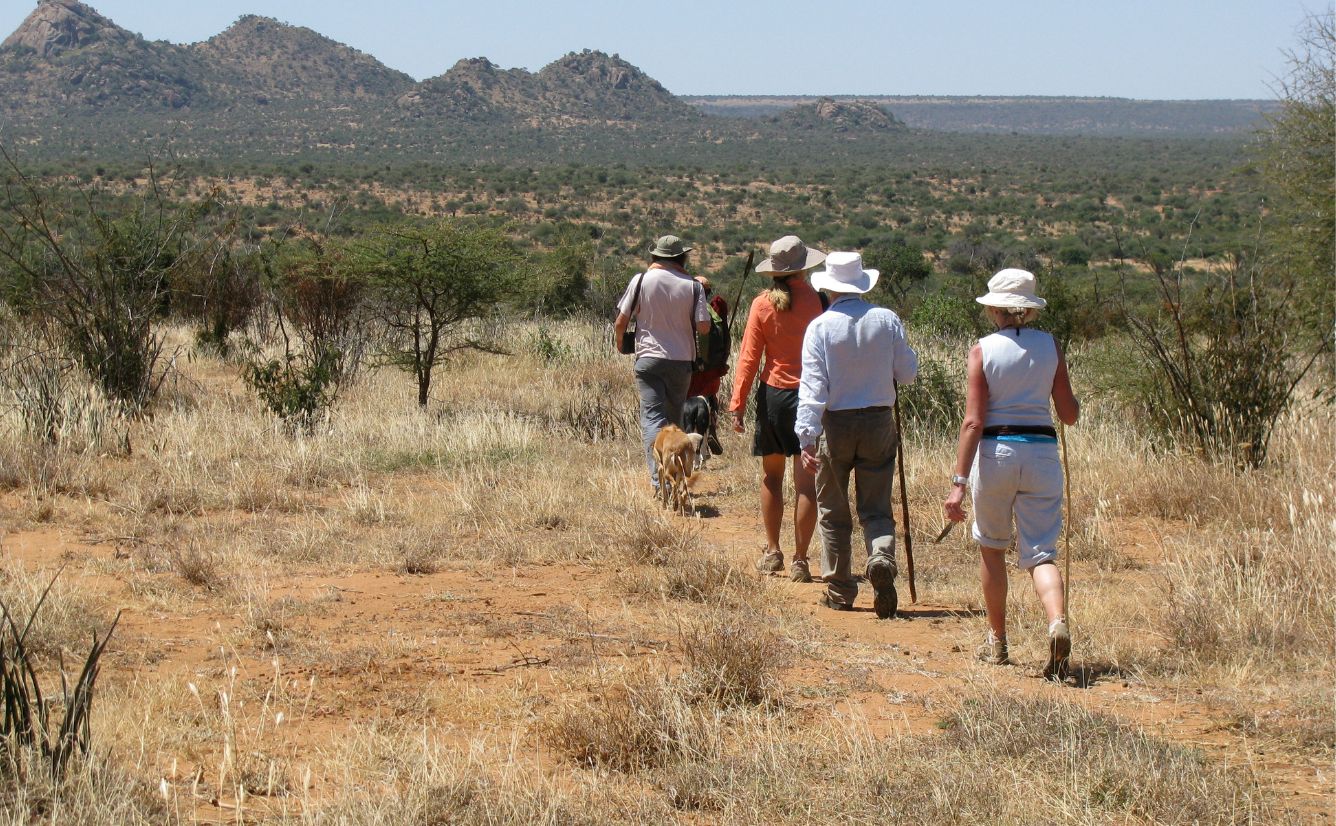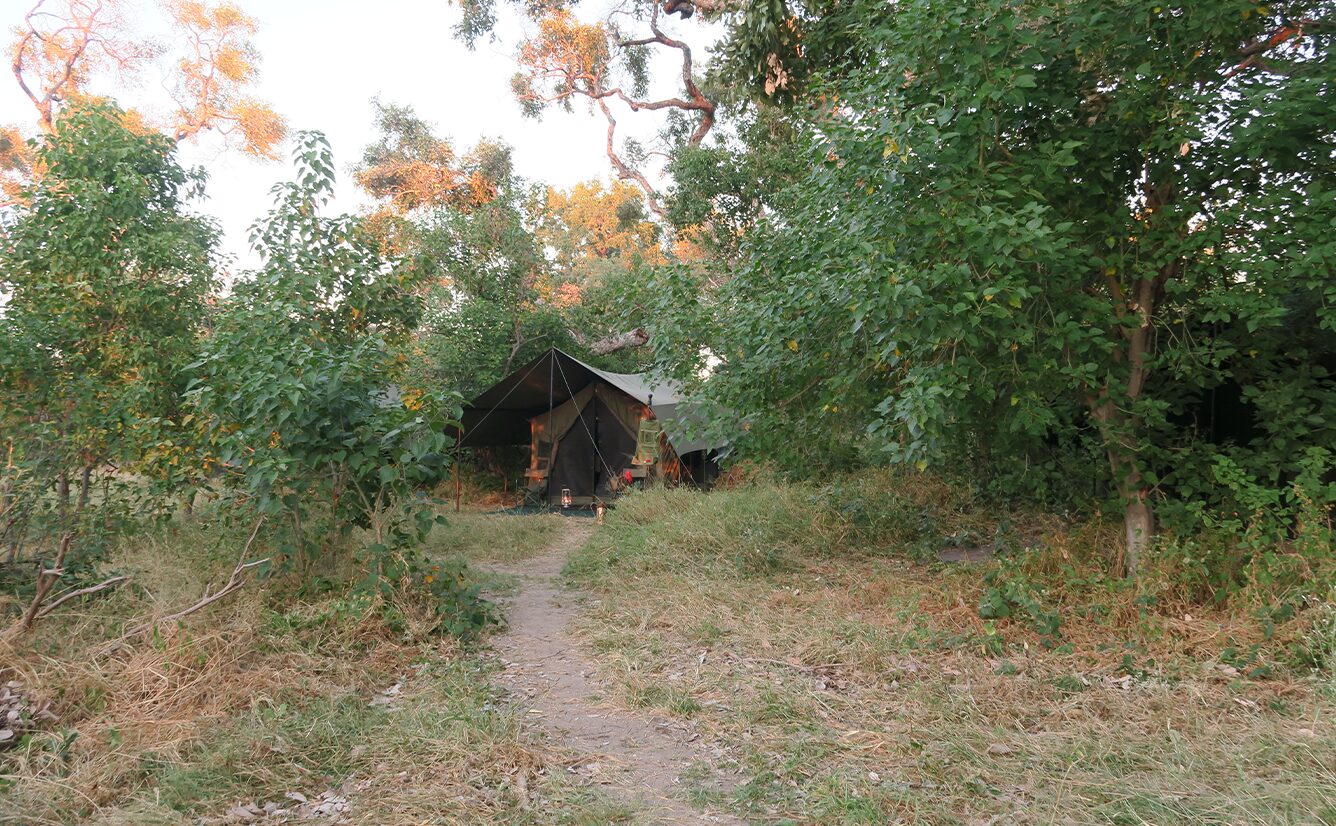It is worth making the effort to travel to unique places – and western Tanzania is a good example of just that. While a four hour light aircraft flight is not to be sniffed at, we flew over some of the most pristine, wild mountainous rainforest I have ever seen, a real contrast to the dry, open plains of the Serengeti we had left behind. So why should you go to this remote part of the country?
Mahale Mountains National Park
Being home to one of the largest protected chimpanzee populations in Africa is certainly the Mahale Mountains’ main draw, but there is so much more to this secluded corner of Tanzania. The forested hills sweep down to the shores of Lake Tanganyika, the second-oldest freshwater lake in the world as well as the second largest by volume and the second deepest. Most importantly – to those not interested in statistics – it is a stunning place to cool off following a chimp trek and to explore by traditional dhow, enjoying views of the villages that cling to its shores with the majestic mountains as a backdrop.

